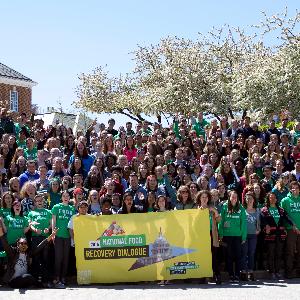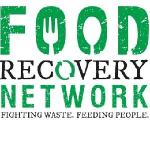
Food Recovery Network: Fighting Waste, Feeding People by FoodRecoveryNetwork
Please find below the
Finalist Evaluation
Judges'' ratings
| • | Novelty: | |
| • | Feasibility: | |
| • | Impact: | |
| • | Presentation: |
Judges'' comments
Thank you for your proposal!
We really appreciate how your idea is out there, tested, and appears to be really taking off. We especially liked how your proposal is a student-led initiative at universities; the volunteer component is what makes this proposal very compelling. We further appreciate how the proposal creates a high value with meals for people. One area that we felt the proposal could have improved upon is how their idea could be further enhanced by obtaining support from Colab.
Semi-Finalist Evaluation
Judges'' ratings
| • | Novelty: | |
| • | Feasibility: | |
| • | Impact: | |
| • | Presentation: |
Judges'' comments
Thank you for your proposal to the Climate Colab contest!
Great effort and growth here. Here are a few development areas to make the proposal stronger for the next stage:
1. Can you quantify your costs in terms of student hours, hauling distances etc- and compare it to the value proposition? Quantifying it will demonstrate scaling feasibility to thousands of restaurants etc. Great work!
2. How could this be scaled to hospitals, cafeterias, restaurants around the world?
3. Can you estimate the world impact potentially of edible food that is thrown away?
Best of luck for this next round of iteration!
 Mia Zavalij Jun 15, 2016 11:55 | Proposal creator Thank you for this helpful feedback! We have incorporated your notes into our revised proposal and outlined the changes below:
|